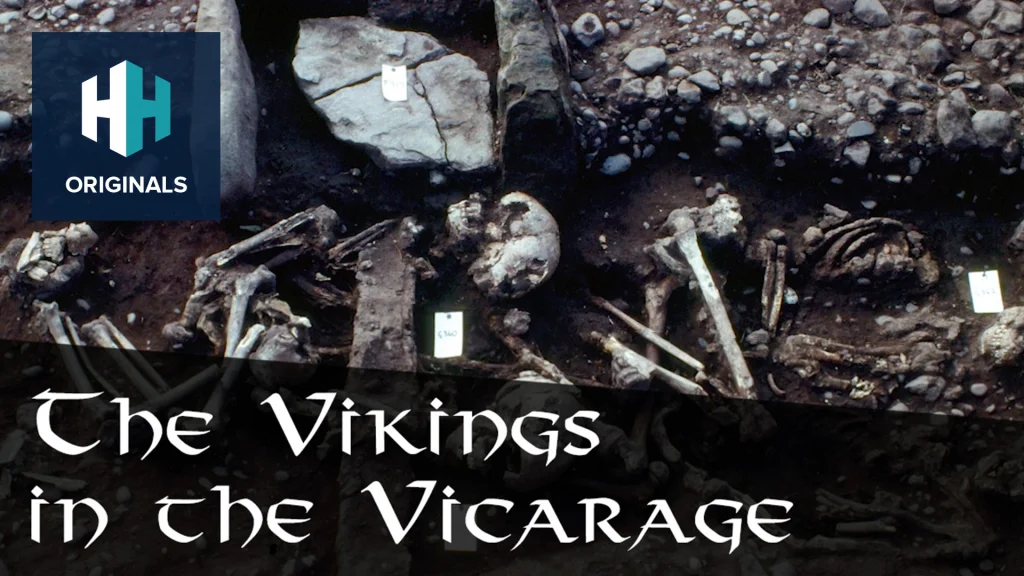This article is an edited transcript of Vikings Uncovered Part 1 on Dan Snow’s History Hit, first broadcast 29 April 2016.
My tour started in the Midlands, in England, on the banks of the River Trent. The Vikings were mariners, they used the rivers.
We’ve forgotten now, because our rivers are shallow and encroached on, we’ve built embankments and dykes, but rivers in the past were mighty highways that ran through this country.
You get a sense of it now if you look at the Mississippi in the U.S. or the Saint Lawrence in Canada, these rivers were massive, and they were the arteries through which the poison of the Vikings could enter the English kingdom.
Torksey
Archaeologists have recently discovered phenomenal site in Torksey, on the north bank of the River Trent, that has yielded tens of thousands of metal finds over the years.
The only time it was settled was in the winter of 872 to 873 and, as a result, we can be pretty sure that all these finds date from that winter. It was a Viking winter camp. They stopped there for the winter.

A reconstruction of a Viking from Repton. Credit: Roger / Commons.
Repton
Then, later, I went to one of the most remarkable places I’ve ever been in the U.K. in terms of archaeology. Professor Martin Biddle took me to Repton, which the Vikings took in 873 then spent the winter of 873 to 874, the following winter there.
The site has evidence of a Viking closure around a medieval church. The original church was completely destroyed. It had once been a church with the royal heads of the rulers of the English kingdom of Mercia.
It was then effectively wiped from the history books having been totally destroyed by the Vikings, who then stayed there.
 Watch Now
Watch NowWe found one very high-status Viking who had been hacked to pieces, his eyes gouged out and his penis chopped off. He’d been buried there with honours and, interestingly, a wild boar’s tusk, which had been placed between his legs as if to replace his penis. His sword was hung at his waist.
50 meters from that site is an extraordinary burial mound with many bodies in it. To the side are four children buried, two of them crouching in what could well be a human sacrifice, then a huge mound of bodies. Professor Biddle believes they could have been brought there from various other campaigns and buried together.
Controversially, about 200 or 300 years ago this mound was disturbed by a gardener. He claimed that on top of this big pile of bones was one particular skeleton that was extremely tall and seemed to be the centre point of the grave.
Biddle thinks this could be Ivar the Boneless, who was one of the most infamous Vikings of the 9th century. Perhaps he could have been buried here in Repton.
Then I went to York, which became the centre of Viking settlements in the British Isles.
 Watch Now
Watch NowYork
I learned that in York the Vikings actually didn’t just rape, pillage and destroy, they actually built a phenomenally sophisticated and dynamic economic center and actually started to reintroduce urban living, practices and trades to England.
So, in fact, you could argue that the Vikings brought a huge amount of economic dynamism and trade through this informal empire, this network, that by that stage stretched across western Europe.

The Lloyds Bank Turd, which is on display at the Jorvik Viking Centre. Credit: Linda Spashett
York is also home to the Jorvik Viking Centre. One of the museum’s prized exhibits is called the Lloyds Bank Turd, a coprolite. Essentially it’s a large piece of fossilised human faeces that was found under the current site of Lloyds Bank.
It’s thought to be a Viking poo and, of course, you can discover all sorts of interesting things about what people ate from their poo.















